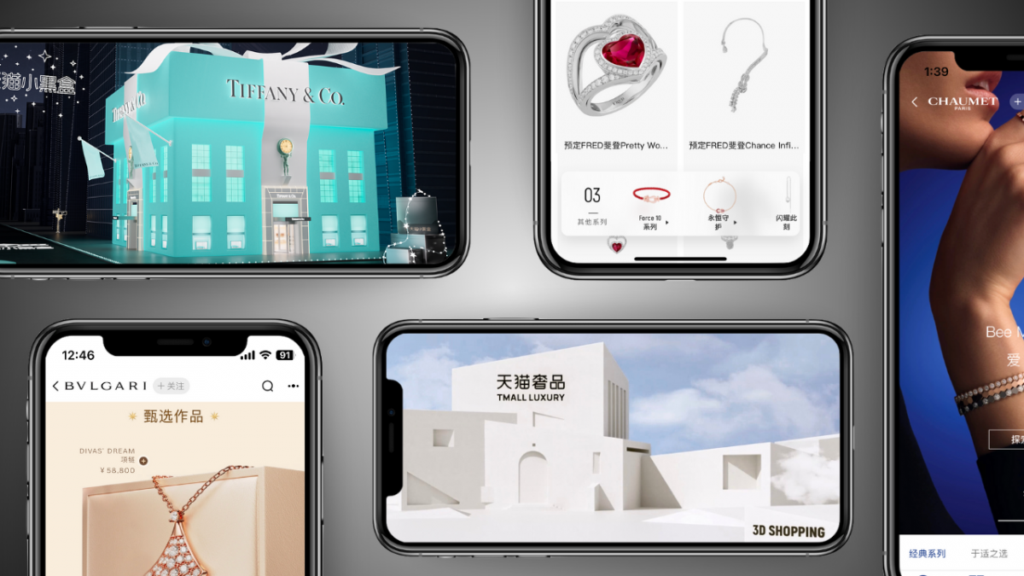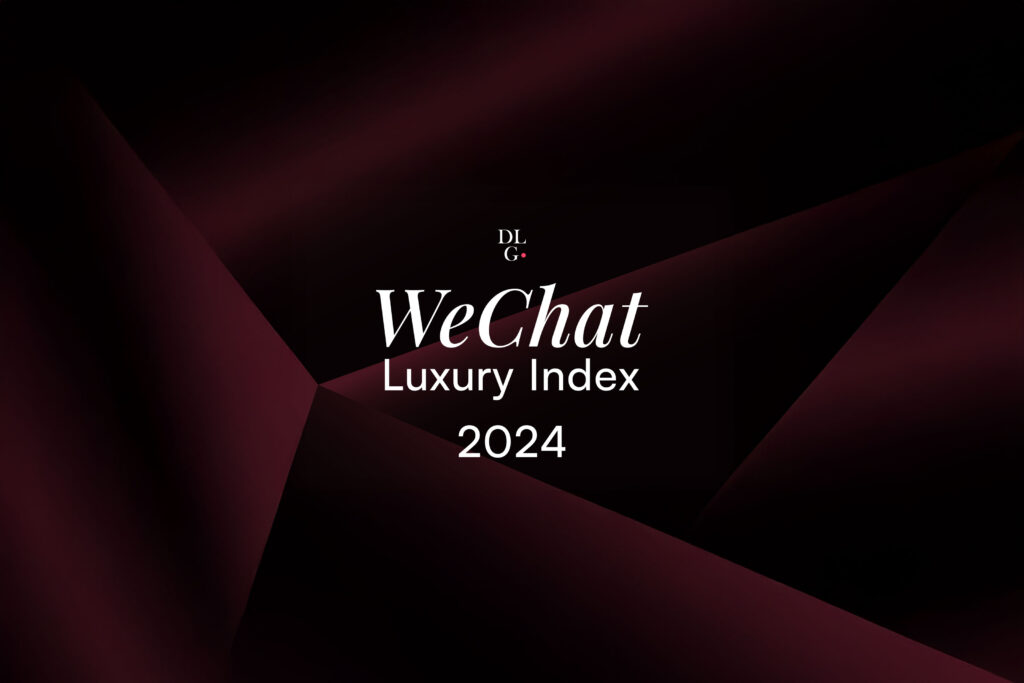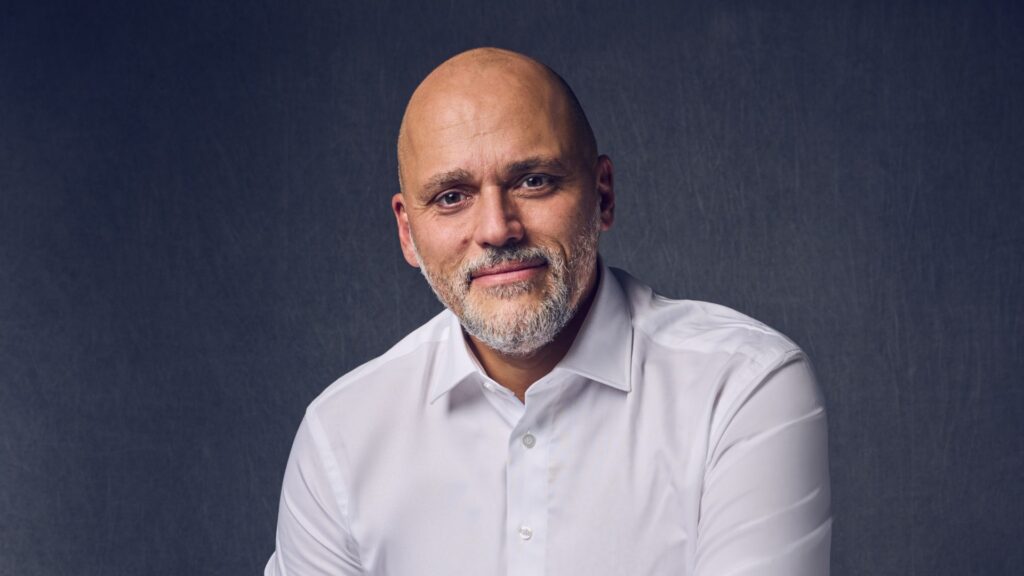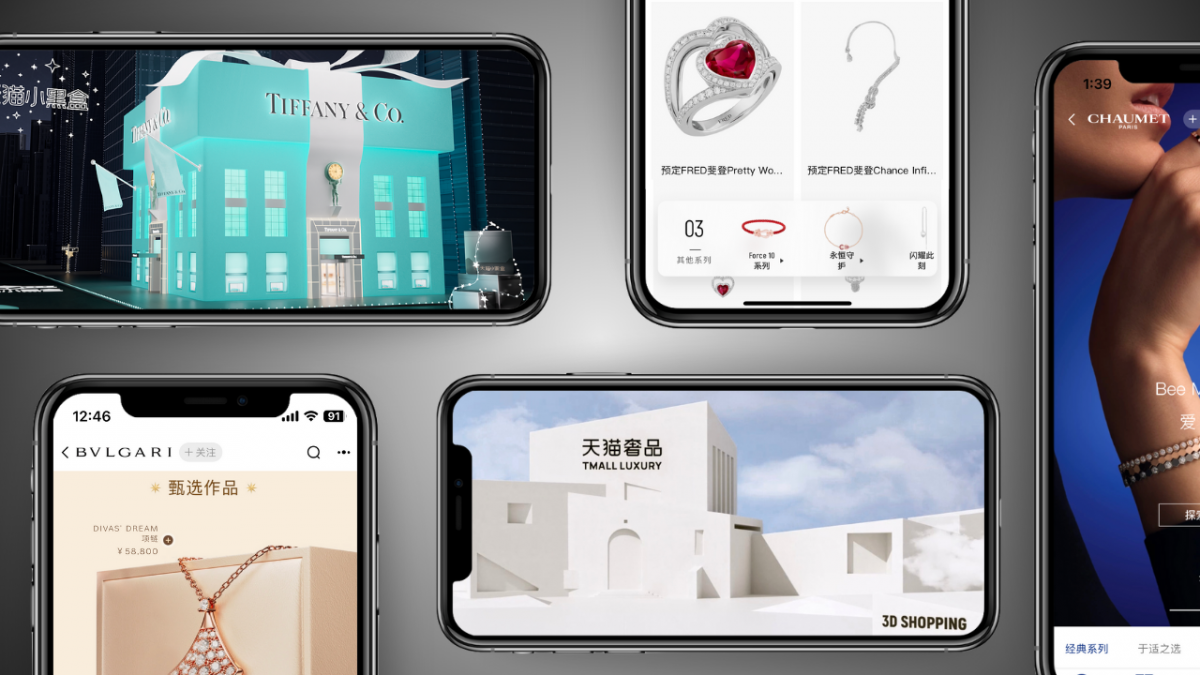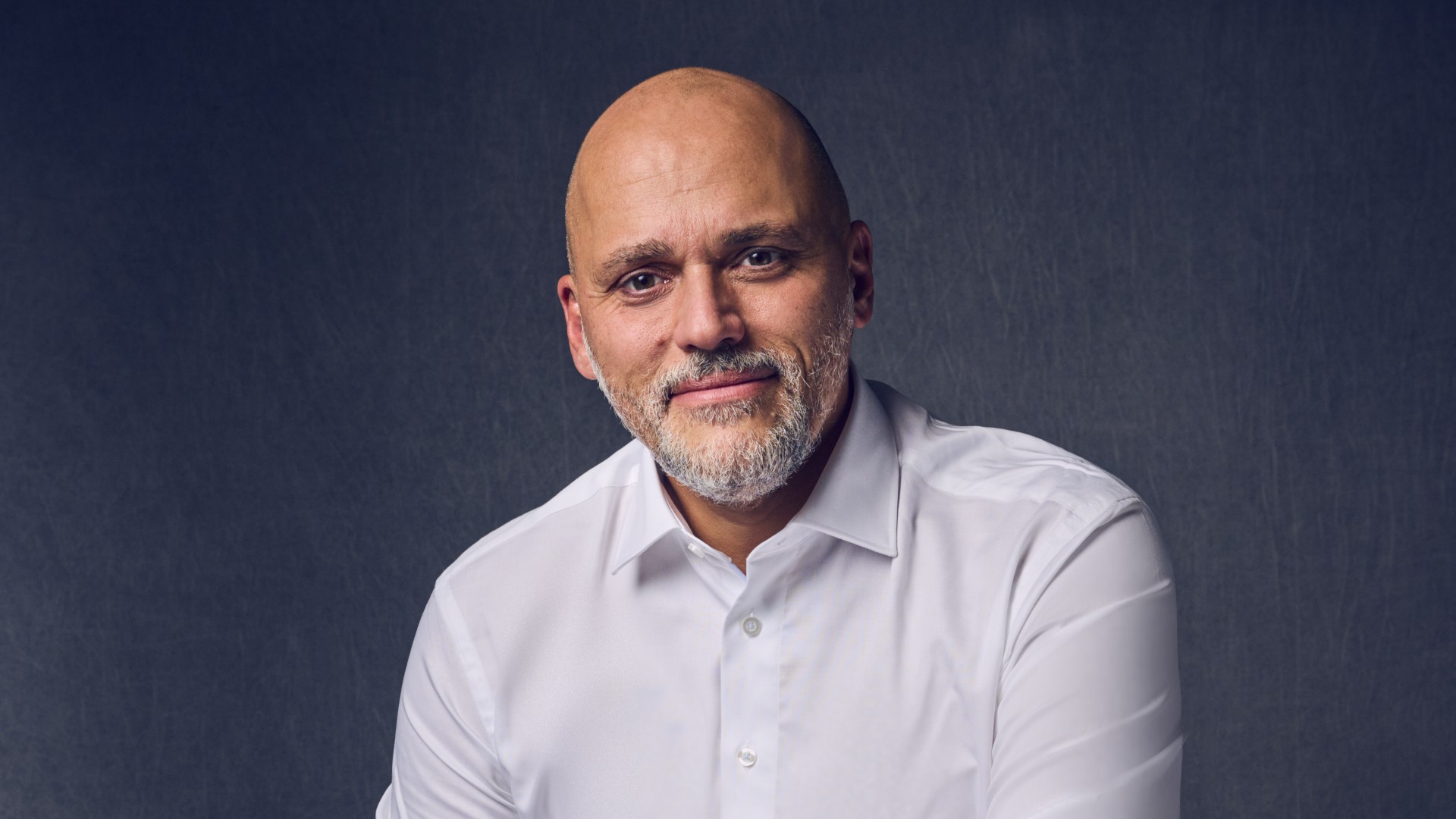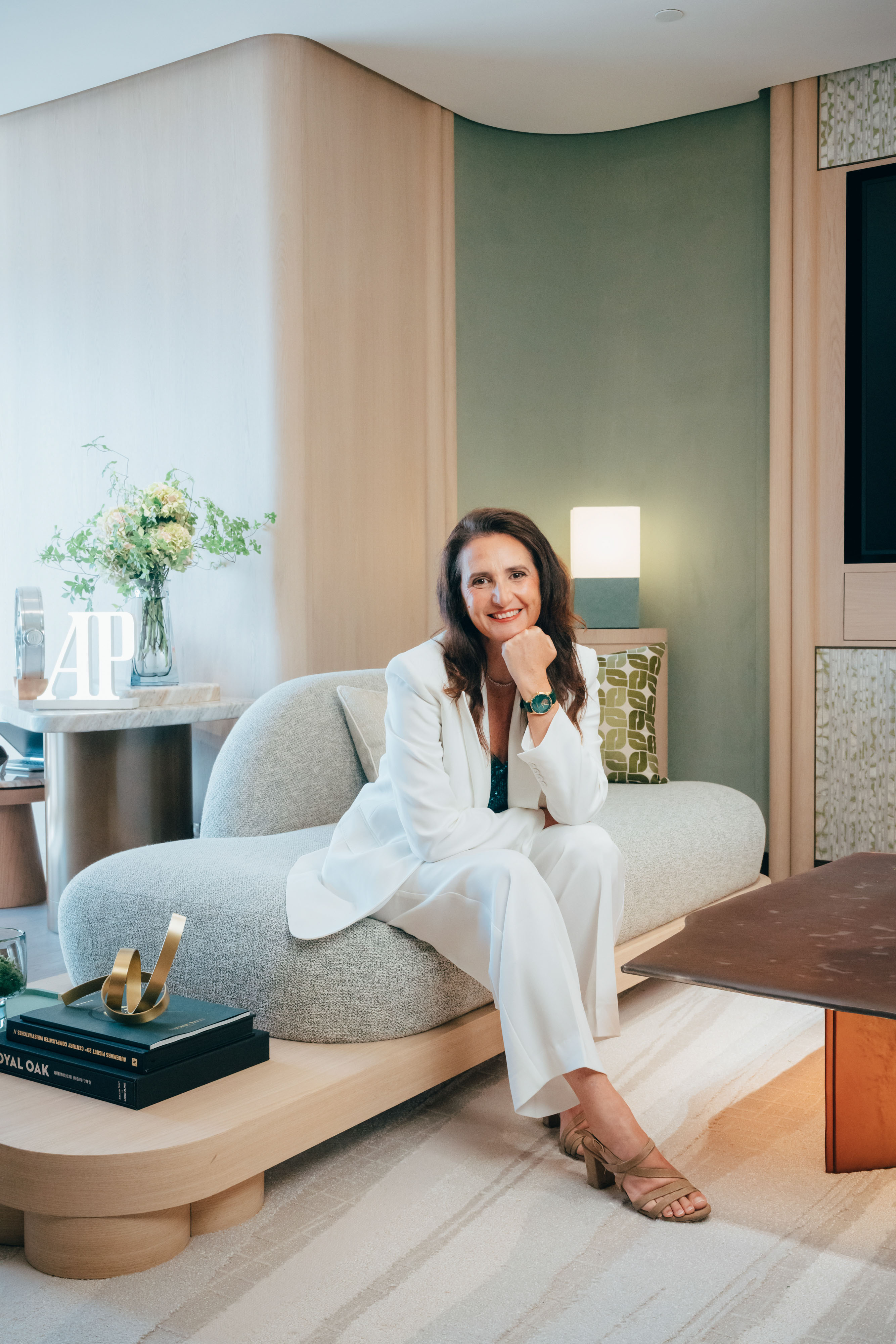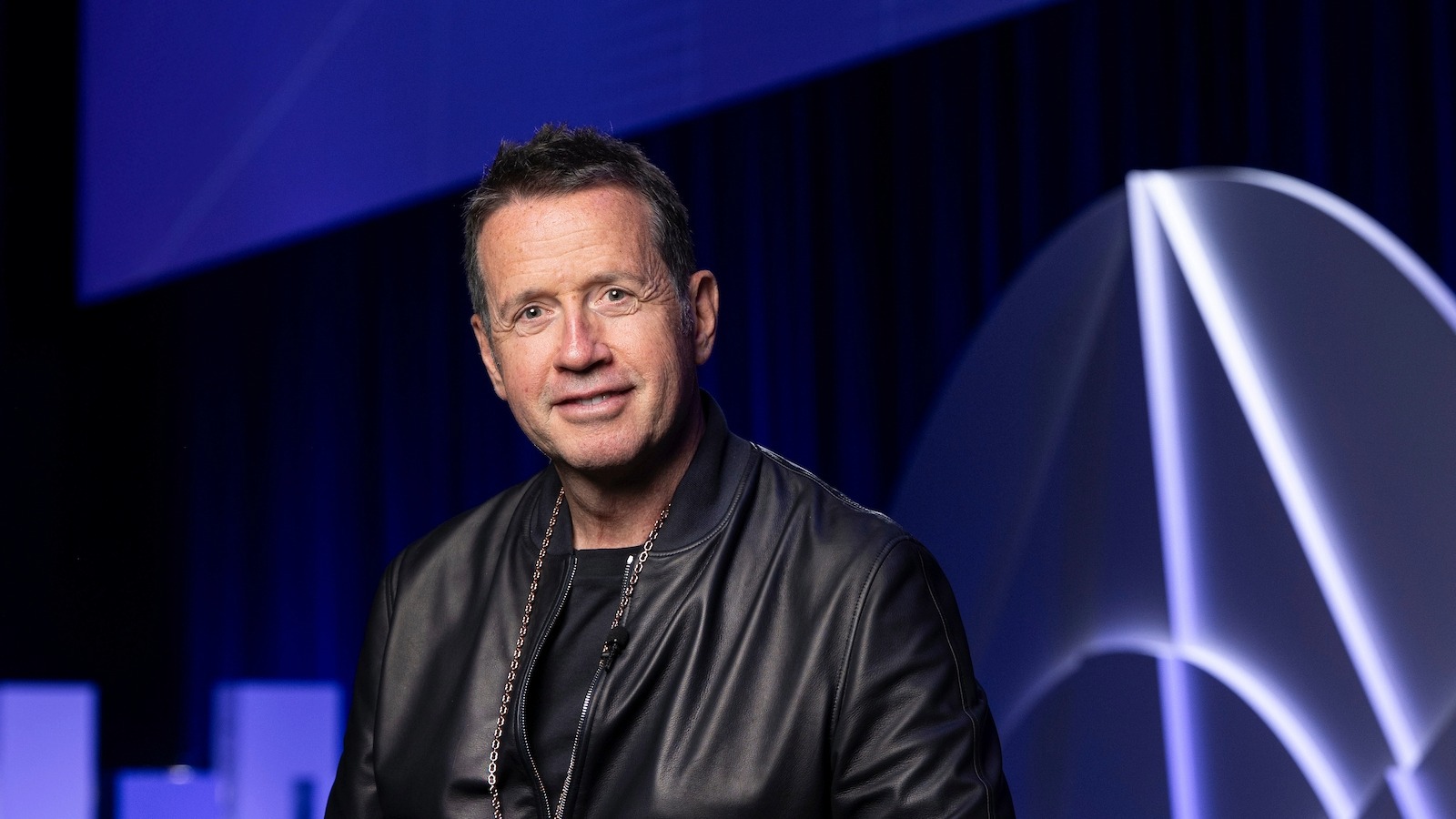Brian Duffy, CEO of Watches of Switzerland Group, reveals how the luxury watch powerhouse is defying industry trends through strategic partnerships, digital innovation, and a booming certified pre-owned market
In an industry where time itself is the ultimate luxury, the battle for retail supremacy isn’t just about selling watches – it’s about redefining the entire shopping experience. This transformation is playing out across the luxury landscape, with traditional retail models evolving rapidly to meet changing consumer expectations.
“Retail wasn’t living up to the quality of the brands that we were selling,” reveals Brian Duffy, CEO of Watches of Switzerland Group, in an exclusive interview for The Luxury Society Podcast. His decade-long mission to transform luxury watch retail comes at a critical moment as the industry faces post-pandemic recalibration and new market challenges, including the recent shock of 31% US tariffs on Swiss exports.
This second episode of The Luxury Society Podcast features Duffy, who leads the FTSE 250 powerhouse that has dramatically expanded its footprint across the US and UK. Under his leadership since 2014, the group has evolved into one of the world’s largest retailers of luxury watches and jewellery, with an impressive network of offline boutiques and strategic online acquisitions including Hodinkee and Analog Shift, culminating in a successful London Stock Exchange IPO in 2019.
Strategic Divergence in Luxury Retail
While luxury fashion houses like Louis Vuitton and Gucci increasingly move away from traditional retail in favor of Instagram-ready experiential flagships and pop-ups, the luxury watch world is taking a different approach – doubling down on its retail partnerships.

“Scale is very important in this category,” Duffy asserts. “To have the resources, capability, retail structures, digital activities, social media and so on.”
This sentiment reflects a broader industry divergence. The watch sector’s emphasis on specialized retail expertise stands in stark contrast to fashion’s experiential shift. Rolex made headlines with its 2023 acquisition of Bucherer, reinforcing the industry’s belief that specialized retailers – not direct-to-consumer experiences – remain the cornerstone of luxury watch distribution.
Industry observers recognize the delicate balancing act in luxury retail strategy. While gleaming brand temples on prestigious avenues offer immersive brand storytelling, they come with eye-watering overhead costs. Meanwhile, the time-honored multi-brand approach continues to demonstrate remarkable resilience, offering the curated selection and expertise that watch enthusiasts crave. This tension creates an interesting dichotomy as luxury houses navigate between controlling their narrative through direct channels and leveraging the established credibility of specialised partners.
Digital Transformation and Changing Demographics
Digital transformation has fundamentally reshaped the customer base for luxury watches. “The influence of digital has been huge in the market in recent years. A much younger cohort is now more active in the buying of watches, and I do think that digital activities, social media in particular, has a big influence on that younger community,” notes Duffy.
The group’s strategic acquisitions in the digital space – including Hodinkee – reflect this shifting landscape, allowing them to engage with emerging watch enthusiasts while maintaining their traditional retail excellence. This dual approach has become increasingly common across luxury sectors, with brands seeking to preserve heritage while embracing digital innovation.
The Rise of Certified Pre-Owned: Digital Influence and New Consumers
The digital transformation powering this demographic shift has also catalyzed another significant trend: The rise of certified pre-owned (CPO) watches. As younger, digitally-savvy consumers enter the luxury market, they bring research-driven purchasing habits and comfort with secondary market platforms. These consumers, raised on platforms like StockX and TheRealReal, view pre-owned luxury as both accessible and authentic – breaking down traditional stigmas around secondary market purchases.
Across luxury fashion categories from handbags to sneakers, the certified pre-owned market has emerged as a powerful force, driven by sustainability concerns, value considerations, and the hunt for rare pieces. The luxury watch market has also seen particularly remarkable growth in this segment, driven in part by limited availability of certain new models and changing consumer preferences.
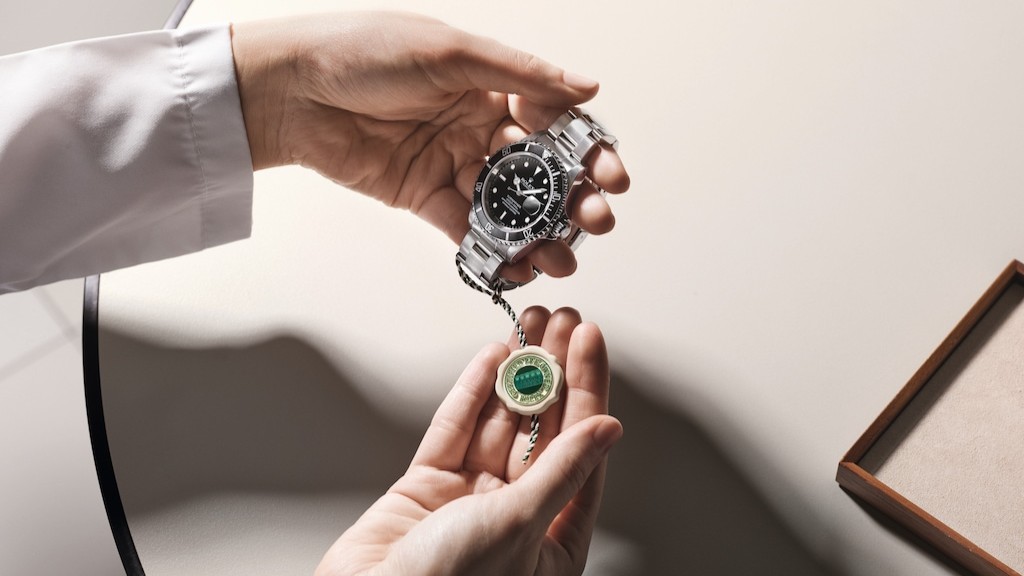
While digital channels have introduced many younger enthusiasts to luxury watches, Duffy notes that the CPO buyer profile is more diverse than many industry observers might expect. Beyond the digital-native consumers, there’s another significant segment.
“Surprisingly, [they] are [mostly] people coming in and not knowing the market conditions, saying, ‘You know, I want to buy a watch for my husband’s birthday next week, and it’s a Daytona.’ And we give them the good news and the bad news – you can buy it for his birthday, but not the one next week if you’re going to wait for a new product. But if you do want something immediately, we have the pre-owned to present,” Duffy reveals.
This phenomenon is similar to what luxury fashion house Hermès has long experienced with its coveted Birkin and Kelly bags – the immediacy factor is key, particularly for highly sought-after items. Just as fashion enthusiasts might turn to authenticated pre-owned Hermès bags to circumvent the notoriously opaque waiting lists and purchasing requirements for new ones, watch aficionados seek pre-owned options for immediate gratification when faced with lengthy waiting lists for models like Rolex Submariners, Daytonas, and GMTs.
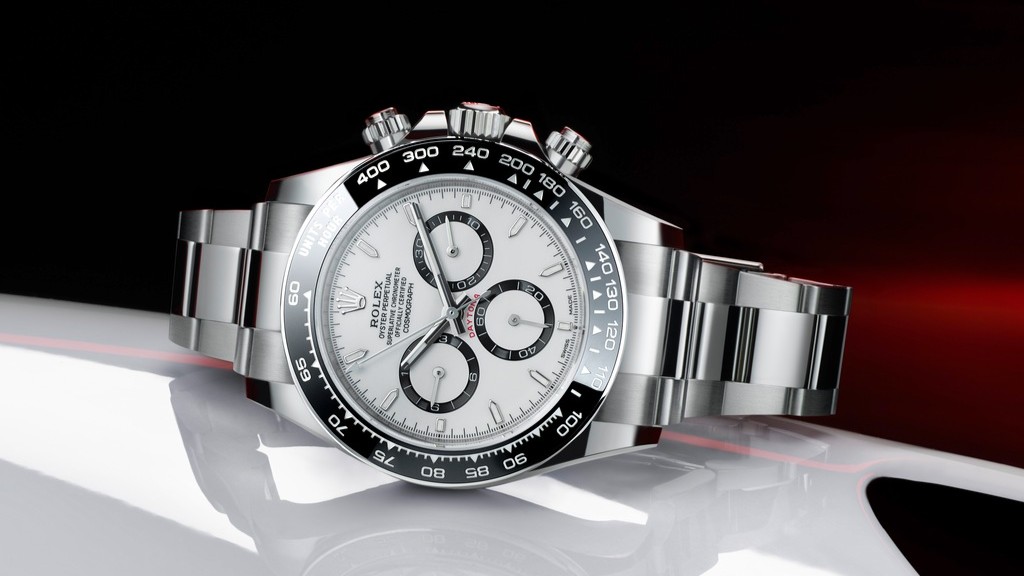
“We’d anticipated it being a bit more online because pre-owned is available online. But the biggest cohort that’s buying are people who are coming in looking for these iconic products, wanting them immediately and being happy to consider premium pricing,” says Duffy.
Watches of Switzerland has made significant investments in the pre-owned space, dedicating an entire floor in their Bond Street Rolex boutique to certified pre-owned watches. This floor maintains an inventory of approximately 250 watches, highlighting the company’s commitment to this growing market segment – a strategy now being adopted by luxury retailers across categories.
Navigating Post-COVID Market Dynamics
The extreme market volatility experienced by the luxury watch industry reflects broader patterns seen throughout the luxury sector since 2020. Duffy provides a clear perspective on these market shifts within the watch sector.
“First of all, [there was] reduced production because of the lockdowns in Switzerland. This was then followed by an increase in demand because people were at home, and if you have time to think about it and act on those thoughts, you buy. And that’s what happened,” Duffy explains.
The combination of reduced supply and increased demand created what he describes as an unsustainable market peak. “Demand went up, and supply went down, and the market went a little crazy… So if you compare the market today to that crazy period of the first half of 2022, demand is less, and supply is better. But compared to any other historical norm, this is a very, very strong period for demand in Rolex.”
This market correction has required retailers across luxury categories to be agile and adaptable. The watch market has seen a return from extremes while maintaining historically strong performance. The supply chain has also largely recovered from pandemic disruptions, resulting in improved product availability for many models – a welcome development mirrored across luxury manufacturing.
Future Challenges for the Industry
As markets normalise, retailers must remain vigilant to shifting consumer preferences and economic factors that could affect luxury spending. The watch industry has historically demonstrated resilience through economic cycles, similar to other heritage luxury categories, but the unprecedented volatility of recent years has tested even the most established business models.
The recently announced 31% tariffs on Swiss exports to the US add another layer of complexity to the market that retailers will need to navigate. These tariffs, which were unexpectedly announced as part of broader trade negotiations, could trigger further demand adjustments in the critical US market, which represents approximately 12% of Swiss watch exports globally.
As Watches of Switzerland and other luxury retailers navigate these complex market conditions, the future of luxury watch retail appears to be neither purely digital nor exclusively traditional. Rather, it appears to be a thoughtful integration of both – preserving the heritage and craftsmanship that define luxury, while embracing the innovations that connect them to new generations of enthusiasts.
Presented by DLG (Digital Luxury Group), this new podcast series brings exclusive insider conversations on the transformation of the luxury industry as it expands its influence across sports, entertainment, and culture. Blending data-driven insights, expert analysis, and engaging storytelling, it connects executives, visionaries, and emerging trends in a dynamic mix of fact, expertise, and entertainment.
Listen to the full interview with Brian Duffy on Episode 2 of The Luxury Society Podcast for more insights into the evolving luxury watch retail industry.
Subscribe to The Luxury Society Podcast on Apple Podcasts, Spotify, or your favorite podcast platform to receive notifications about new episodes featuring luxury industry leaders. Find all listening options at our Linktree. Never miss an episode as we explore the themes shaping the future of luxury.


